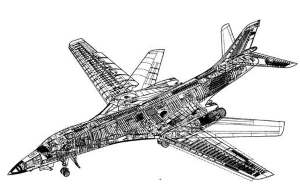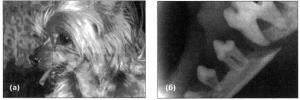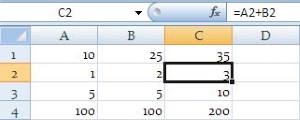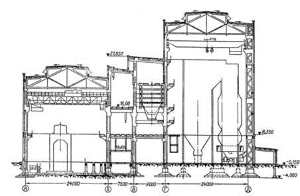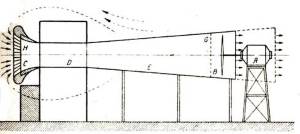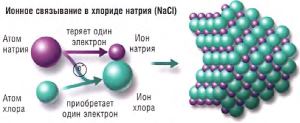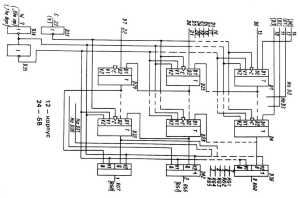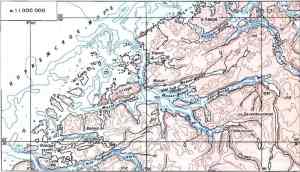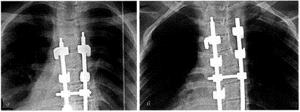POWER, ITS KINDS AND FORMS
Scientifically speaking, power is the ability to do work. There are various forms of power, such as: heat, mechanical, electrical, chemical, atomic and so on. One might also mention the two kinds of mechanical power—potential and kinetic, potential power being power of position while kinetic power is power of motion. It is well known that one form of power can be changed into another.
Take a waterfall as an example. Water falling from its raised position, power changes from potential to kinetic. If there is a hydroelectric plant at the waterfall, the power of the falling water is used to drive the turbines. The turbines, driven by the kinetic power of the running water, turn electric generators, these generators producing electric power. Thus, the mechanic power of falling water is turned into electric power. The electric power, in its turn, may be transformed into any other necessary form.
When an object loses its potential power, that power is turned into kinetic power. Thus, in the above-mentioned example when water is falling from its raised position, it certainly loses its potential power, that power changing into kinetic power.
We have already seen that power of some kind must be employed to generate the electric current. The sources of power usually employed to produce current are either chemical, as in the battery, or mechanical, as in the electromagnetic generator. Chemical sources of current having a limited application, the great quantities of electric power generated today come from various forms of mechanical power.
Needless to say that rising standards of modern civilization and growing industrial applications result in an increasing need of power. Every year we need more and more electric power for the useful things that are done only owing to electricity. However, the power sources of the world are decreasing at the same time as the power needs of the world are increasing. These needs will continue to grow as more motors and melted metals are used in industry and more electric current is employed in our everyday life. As a result, it is necessary to find new sources of power.
The Sun is an unlimited source of power. However, at present, only a little part of solar power is being used directly. How can we employ solar power directly to produce useful power? This is a question which has interested scientists and inventors for a long time. Lavoisier and other great scientists of the past melted metals with the help of solar furnaces. Today, solar furnaces illustrate just one of the numerous ways to harness the sun. Using semiconductors, scientists, for example, have transformed solar power into electric power.
Exercises
Дата добавления: 2016-07-27; просмотров: 1780;

